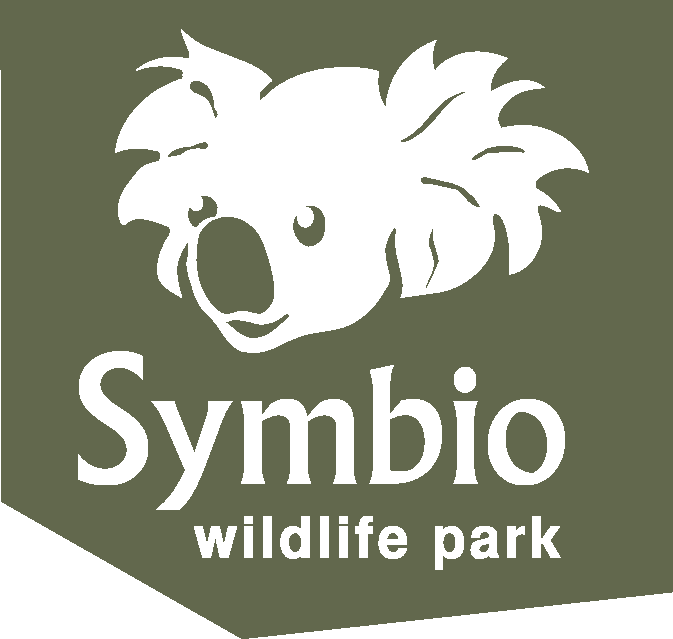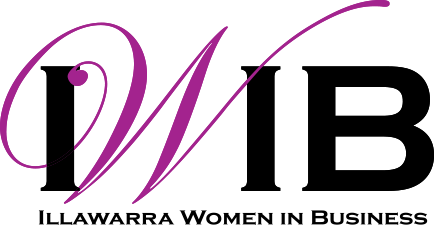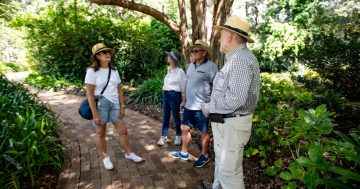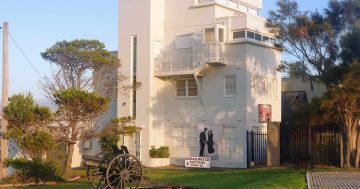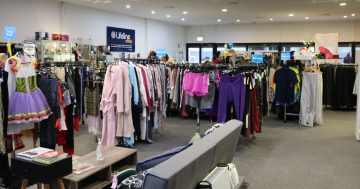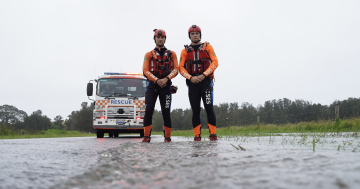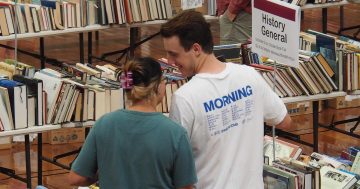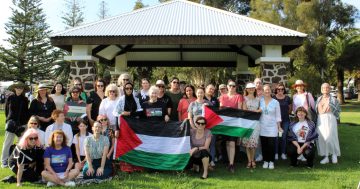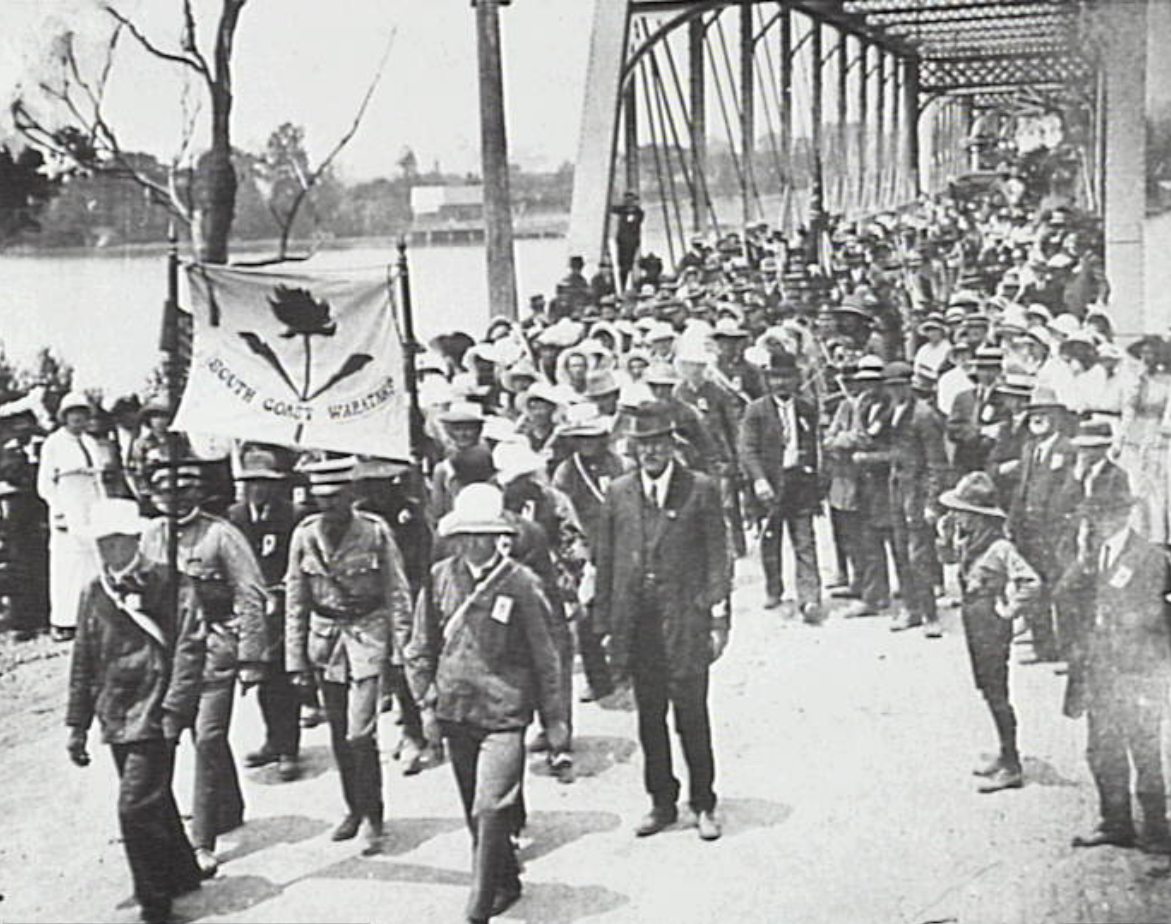
The South Coast Waratah March crossing Nowra’s Shoalhaven Bridge on 30 November 1915, on its way to Sydney. Photo: From the collections of Wollongong City Libraries and the Illawarra Historical Society – P08/P08495.
It started in Nowra with 50 young men and ended in Sydney with 120 volunteers who “heard the call of the Empire and of their comrades from Gallipoli and gallantly responded”.
The Waratah March left the South Coast on 30 November 1915, farewelled on what the Shoalhaven Telegraph described as “a memorable day and an auspicious occasion”.
“Nowra had every reason to be proud of itself in connection with the South Coast route march and the big demonstration attendant on the despatch of nearly 50 men, who formed the nucleus of what will become famous in local history as The March of the Waratahs,” the report said.
The paper assumed correctly that the march would go down in history – which it did and in more than just local history.
“In the years to come it would be a proud boast for their young people to say ‘My father was one of the Waratahs,'” the newspaper said.
The Member for Allowrie (which later became Shoalhaven) Mark Morton spoke to the volunteers, reminding them that “they were no longer recruits, but soldiers of the King as much as if they were fighting in the trenches”.
“They were leaving with the deepest respect of every man, woman, and child in the district,” the report said.
“He felt sure they would follow the good example of those who had gone before them; that they would uphold the prestige of Australia made by their gallant comrades at Gallipoli, who had won such honour.”
The call for more volunteers to shore up Australia’s participation in World War I went out in 1915 and early 1916.
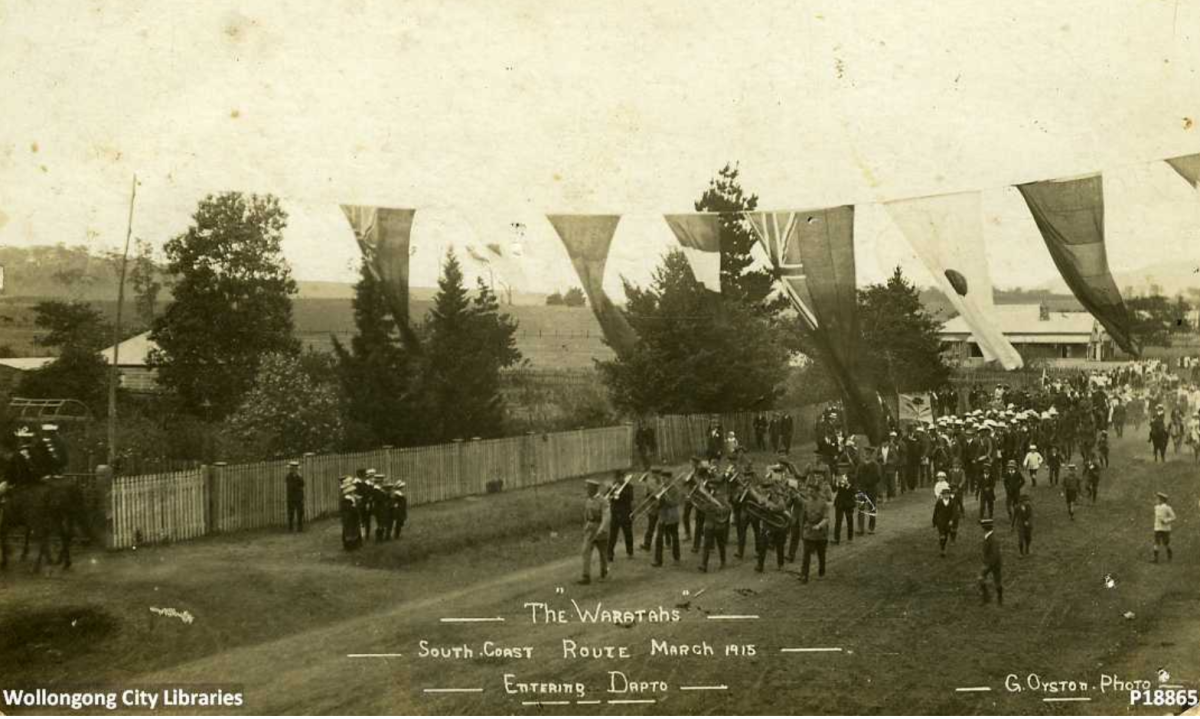
The volunteer recruits entering Dapto. From the collections of Wollongong City Libraries and the Illawarra Historical Society – P18/P18865.
Eight recruitment, or “snowball marches” as they were popularly known, travelled from major rural centres through countless townships towards Sydney, stirring up patriotic and enthusiastic support as they went.
The Waratah March set out from Nowra and along the way attracted volunteers from South Coast and Illawarra towns including Bomaderry, Meroo, Berry, Gerringong, Kiama, Jamberoo, Albion Park, Dapto, Unanderra, Port Kembla, Wollongong, Balgownie, Corrimal, Woonona, Bulli, Thirroul, Coledale, Scarborough, Stanwell Park and Helensburgh. It even attracted recruits from Jervis Bay and Kangaroo Valley which were not on the route.
According to Kiama History, the volunteers marched under a Waratahs flag made by the Nowra Branch of the Red Cross Society for the South Coast Recruiting March.
Captain Blow, who had been selected to lead the march, was presented with the banner on 30 November 1915 by the branch’s secretary Emma Bice and its treasurer Ruby Hayes.
Kiama History says the men underwent three months’ military training at Liverpool Camp and on its completion returned home for a short spell of leave.
At one of the major functions held to farewell them, the banner was placed in the care of Nea Rodway, the Nowra Red Cross Society president.
She said she would ensure that it was given “pride of place” in the society’s workroom.
The march arrived on a rainy 17 December 1915 in Sydney, where recruits were addressed by Premier Holman in Macquarie Street.
Most left Australia between March and June 1916 as reinforcements to the 1st Battalion and fought at Pozieres where sadly, about 30 were killed.


